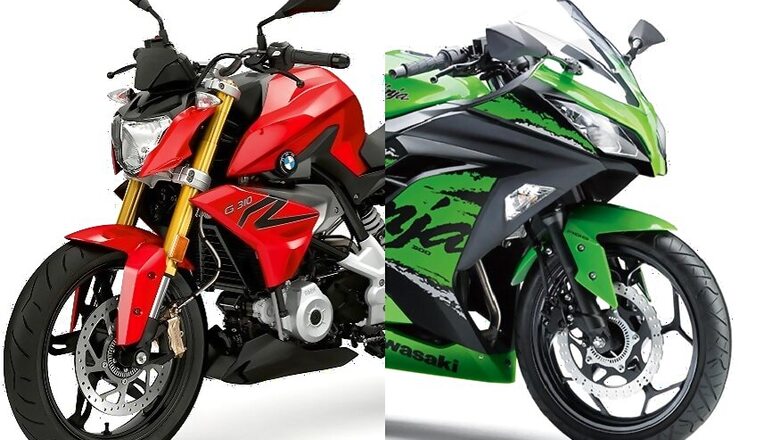
views
With the launch of all-new Kawasaki Ninja 300, competition on high-performance motorcycles has increased in the Indian market. With the Ninja 300, there is now another option available for buyers who are looking for a bike that is powerful and won’t burn a hole in the pocket. Recently launched BMW G 310 R too is a well-sought bike in this segment.
Following is a comparison of the two bikes based on specifications and the features they offer:
Design and Features:-
BMW G 310 R
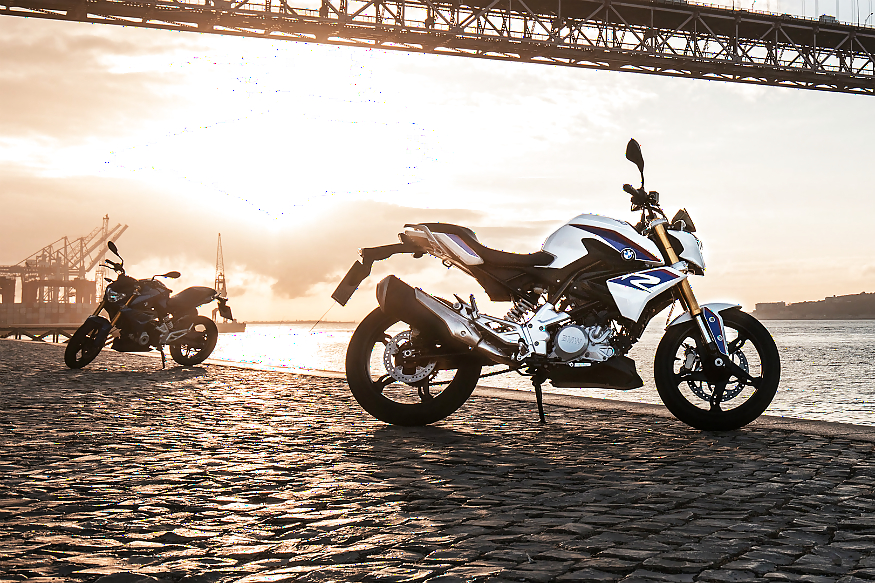
The new BMW G 310 R has a torsionally stiff, robust tubular steel frame in grid structure with bolt-on rear frame. The front wheel suspension is taken care of by a solid upside-down fork while at the rear there is an aluminum swinging arm in conjunction with a spring strut that is mounted on it directly. The motorcycle features a high-performance brake system with 2-channel Anti-lock Braking System (ABS). The standard multi-function instrument cluster has a large liquid crystal display that offers wide range of information.
Kawasaki Ninja 300
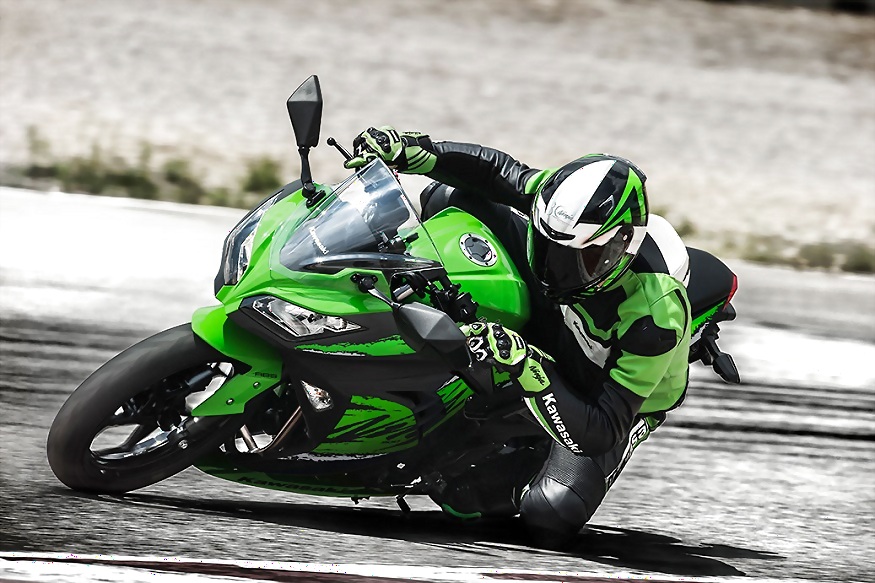
The new Ninja 300 gets fin design and large ventilation holes in the fairing design similar to that of the Ninja ZX14R. The design contributes to the heat management that Ninja 300 offers. Built-in front turn signals have a sleeker, more unitized appearance. The new high-tensile steel frame adds to the chassis stability and the assist & slipper clutch, based on racing technology, acts as both a back-torque limiter and self-servo mechanism that enables a lighter clutch lever pull. Sporty new instrument panel design contributes to the advanced-technology and high-quality image of the Ninja series. The bike now also features the world’s smallest ABS unit.
Power:-
BMW G 310 R
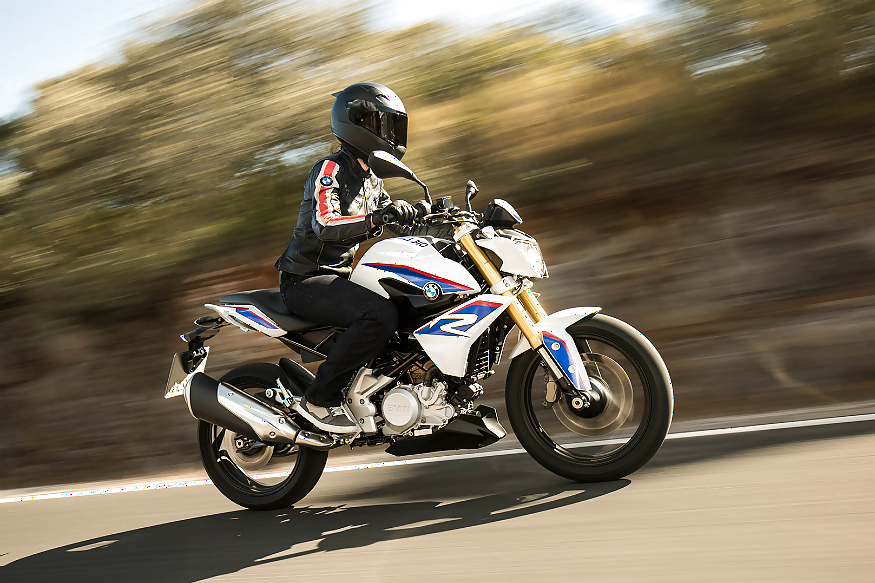
The BMW G 310 R is powered by newly developed 313 cc water-cooled single-cylinder 4-stroke engine with four valves and two overhead camshafts together with electronic fuel injection. With an output of 25 kW (34 hp) at 9,500 rpm and a maximum torque of 28 Nm at 7,500 rpm, the engine has backward-tilted cylinder in open-deck design with the cylinder head turned by 180 degrees, making it possible to position the intake tract at the front, viewed in the direction of travel. The motorcycles accelerate from 0 – 50 km/hr in just 2.5 seconds and achieve a top speed of 143 km/hr.
Kawasaki Ninja 300
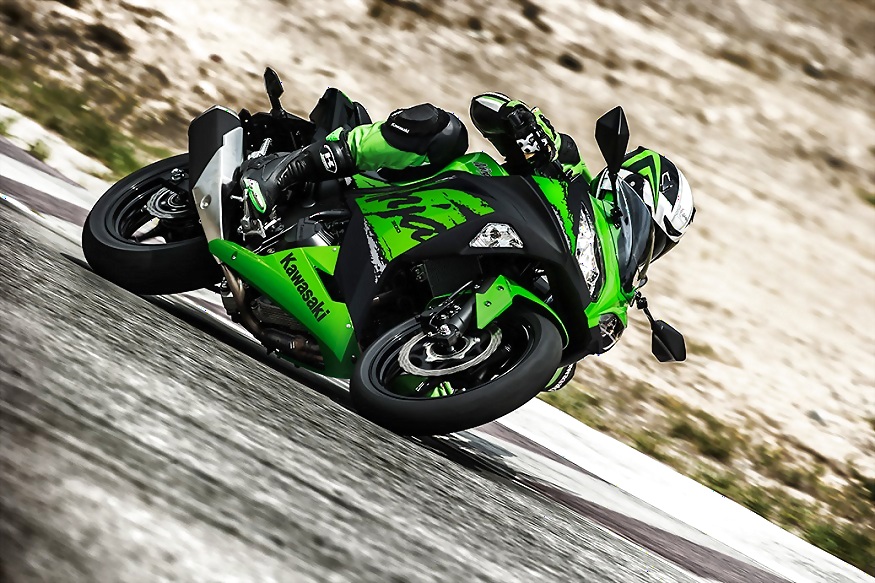
The new Ninja 300 is equipped with a liquid-cooled strong parallel twin cylinder, DOHC and 8 valves engine like other models of Ninja series. With an output of 29 kW (39 PS) at 11,000 rpm and a maximum torque of 27 Nm at 10,000 rpm, the engine comes mated to 6-speed gearbox and gets slipper clutch as standard. The bike can attain a top speed of 170km/h.
Looks:-
BMW G 310 R
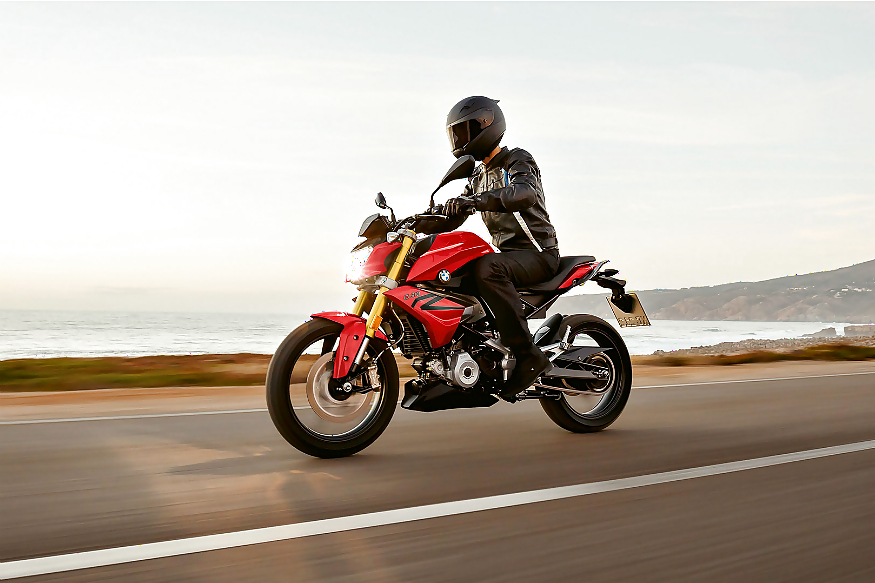
The BMW G 310 R embodies the pure essence of a BMW roadster. The striking headlamp, muscular fuel tank and characteristic roadster proportions of the front and rear give it a mature presence on the road. Compact proportions and a short wheelbase promise fast changes of direction, while the high rear conveys a lightness suggestive of the bike's sporty genes.
Kawasaki Ninja 300
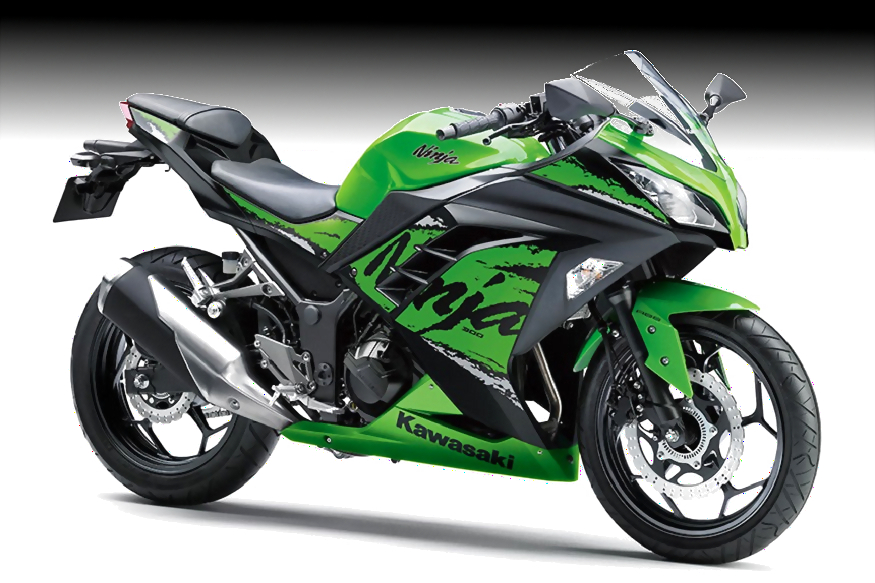
Ninja 300 has styling that would not be out of place on larger-displacement Ninja supersport models. Just like the other machines in the Ninja series, it features a sporty new gmass-forward, minimalist-tail design. From its aggressive new dual headlights to its new screen and wheels, the new Ninja 300 shares numerous styling cues and design elements from other machines in the Ninja family. The new Ninja 300 uses a floating-style windscreen with a gap between the cowl and the windscreen. Mounting the screen using only the bolts from the mirror stays contributes to a very clean and elegant design.
We will bring a full comparison between BMW G 310 R and Apache RR 310. Keep watching this space for more updates.




















Comments
0 comment